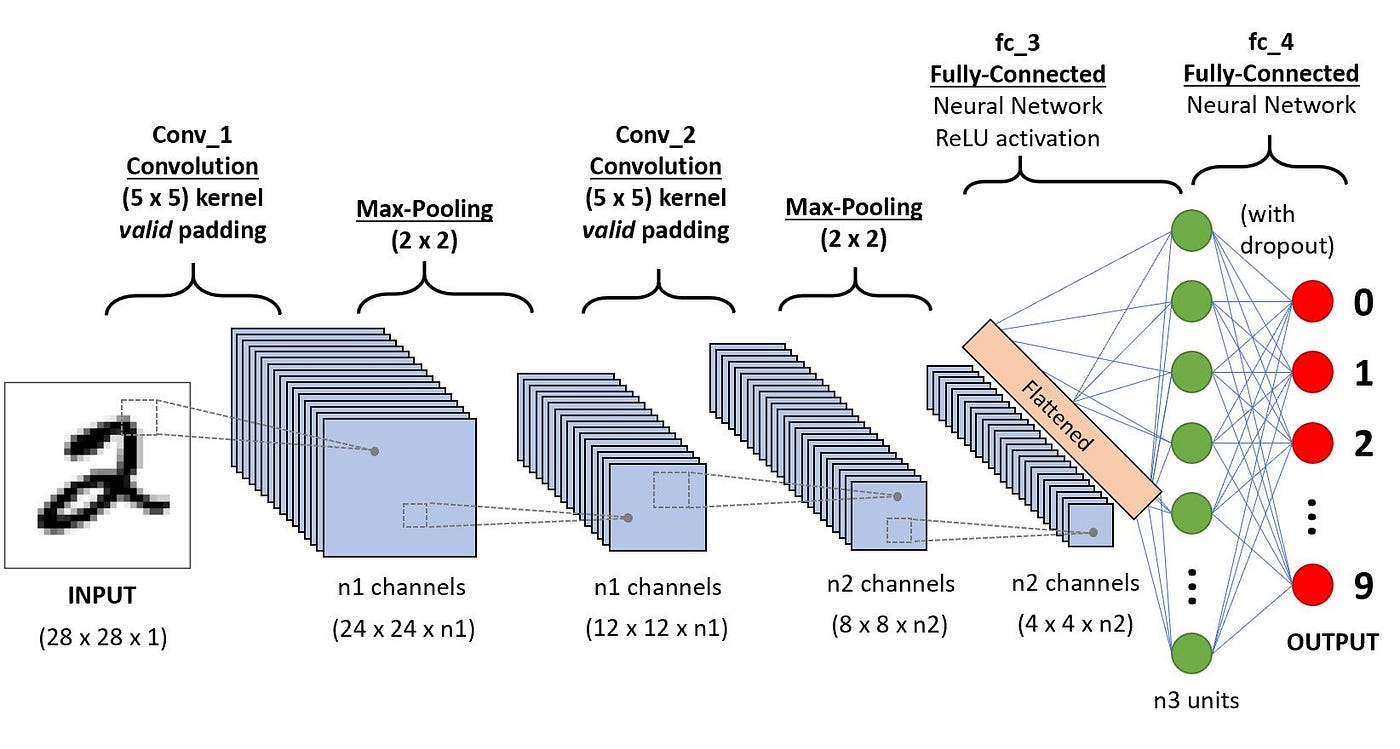Understanding Convolutional Neural Networks (CNNs) for Image Recognition
Convolutional Neural Networks (CNNs) stand as a revolutionary method in the realm of deep learning, specifically tailored for image recognition tasks. They have redefined the boundaries of computer vision, allowing machines to interpret visual data with remarkable accuracy.
At their core, CNNs are inspired by the human visual system. They excel in recognizing patterns and structures within images, emulating the intricate network of neurons in the human brain.
Architecture of CNNs: Unraveling the Layers
CNNs comprise distinct layers that work synergistically to comprehend and interpret visual information:
- Input Layer: This is where the network receives the image data, maintaining the image's spatial relationships.
- Convolutional Layers: These layers extract features from the input images using filters or kernels, detecting edges, shapes, and other visual patterns.
- Pooling Layers: They reduce the dimensionality of the extracted features, focusing on the most essential information while minimizing computational load.
- Fully Connected Layers: Often positioned towards the end, these layers process the gathered features for classification or regression tasks.
The Magic of Convolution: How It Works
Convolution is the heart of CNNs. It involves sliding a filter across the input image, performing element-wise multiplication and summation to create a feature map. This process enables the network to learn various features like edges, textures, or more complex patterns hierarchically.
CNNs in Real-World Applications
CNNs have brought a paradigm shift in numerous domains:
- Image Recognition: They power facial recognition systems, object detection in autonomous vehicles, and image classification tasks.
- Medical Imaging: CNNs aid in diagnosing diseases from X-rays, MRI scans, and pathology images, offering quick and accurate assessments.
- Artificial Intelligence: These networks are the cornerstone of AI applications, enabling machines to perceive and interpret visual data with human-like accuracy.
Challenges and Ongoing Developments
Despite their prowess, CNNs face challenges in interpretability, robustness to adversarial attacks, and handling limited data scenarios. Ongoing research endeavors focus on addressing these challenges and evolving CNN architectures for enhanced performance and versatility.
In Conclusion
Convolutional Neural Networks have reshaped our capacity to understand and process visual data. Their ability to unravel complex patterns and features within images continues to revolutionize various industries, promising even more remarkable advancements in the future.







































































